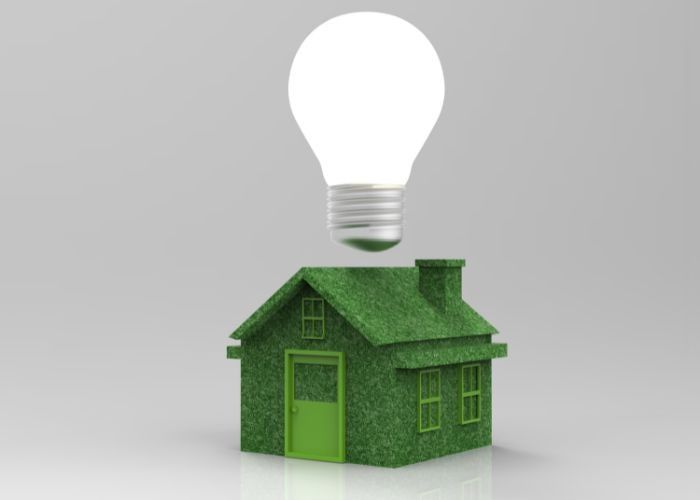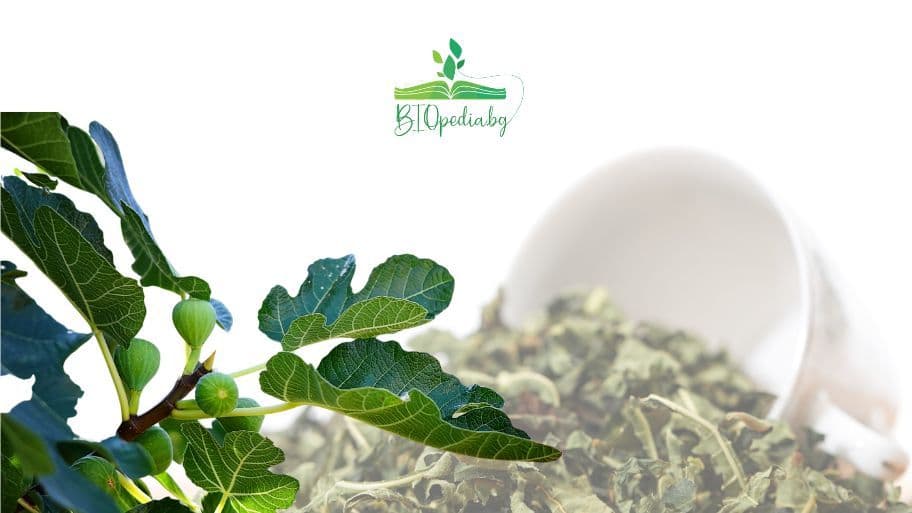For many people the concept of an eco house may sound like a concept of the future, but the truth is different. With more and more trends setting their sights on helping us how to lead a more sustainable and eco-friendly life, eco homes are becoming a much more common sight. It's only a matter of time before the eco house goes from being the home of the future to the home of the present.
For many it already is! In case you too are considering the eco house alternative, there are numerous ways in which you can approach such a project. There are different types of eco houses and different definitions and perceptions of this type of construction, which is why there are many options in this industry and in this market. In this article, we'll look at the different eco house options so that we can help you make a more informed and appropriate choice for your specific needs and quirks.
Eco house - what does it actually mean?
Experts in the field will tell you that building an eco house has never been easier, mainly thanks to the resources and opportunities that modern technology and industries offer. That's great news, but what does it actually mean to build an eco house?

When we talk about an eco house, we must understand that there are no limits and no restrictions to the extent that the construction and operation of this building does not harm the environment and nature. All houses can be eco-houses as long as their planning, construction and use are environmentally friendly.
Under the umbrella of the term 'eco' in the context of construction and architecture can fall all sorts of additional terms and concepts such as 'sustainable', 'renewable', 'energy efficient', etc.
Eco house - how to design it?
Before starting the design of this kind of house, it is important to determine what its main feature will be, i.e. what its owners aim for. This could be the consumption of less energy, a more sustainable and environmentally friendly lifestyle, a healthier interior environment, or something else. There are many ways in which we can approach the design and planning of such a house.
Improvements - you don't always have to start building a house from scratch for it to be eco-friendly. You may prefer to use the existing structure of a building and simply renovate it and add eco elements.
Passivhaus - this is another kind of approach to eco-friendly construction. In fact, Passivhaus is the European standard for eco-houses and it means that the construction and operation of the structure complies with the strictest standards in the field. We can safely say that these are the most environmentally friendly houses in every respect.
Carbon Neutral - The focus with carbon neutral construction and minimising emissions as much as possible and creating homes that emit the least amount of carbon when in use - through heating and energy consumption.
Nest - this interesting term is actually quite a popular concept and of marks the use of recycled materials in the construction of a building. In addition to recycled materials, the use of materials that are biodegradable and those that are sustainably produced is also considered advisable.
Healthy Home - In this type of construction, the focus is on building homes that have a positive effect on human health. Generally speaking, these are homes that provide high quality air, protect natural sleep cycles and generally have a holistic design. Typically, these are homes that in some way enhance the connection between humans and nature. Biotecture - this is a very narrow and specific category of eco homes. They are built entirely from natural and recycled materials.

Eco house - what should it include?
These are some of the elements that an eco-friendly house can include, but not all of them have to be present:
- Good insulation
- Good airtightness
- Satisfactory levels of daylight
- Window insulation
- Orientation to the sun - maximum number of south-facing windows to maximise natural light and reduce heat loss
- Thermal materials that absorb heat from the sun
- Air conditioning or other systems to reduce the risk of overheating the home
- Heating and hot water through renewable sources
- Mechanical ventilation system for homes with high air tightness
- Electricity obtained from a "green" source
- Renewable energy systems
- Natural materials
- Rainwater harvesting and use
Eco house - sustainable materials
When we talk about designing eco houses, the materials used for their construction play a key role. Materials that we can use to build an eco house can be: Sustainably sourced and sustainably produced Materials whose production and use do not produce high levels of carbon:
Natural materials
Recycled materials
Biodegradable materials

How to make an eco house out of an ordinary home?
As already mentioned, a house doesn't have to be built from the ground up to be eco-friendly.
Some of the improvements we can invest in are:
Replacing old windows with double insulated ones
Providing high quality insulation in both the exterior and interior of the home
Installation of solar panels
Using recycled materials
Landscaping of spaces around the home
LED lighting

Eco houses are not only our way of showing care and respect for the nature around us, but also a great way to provide a healthier, easier and more enjoyable lifestyle for us and our family.





Comments